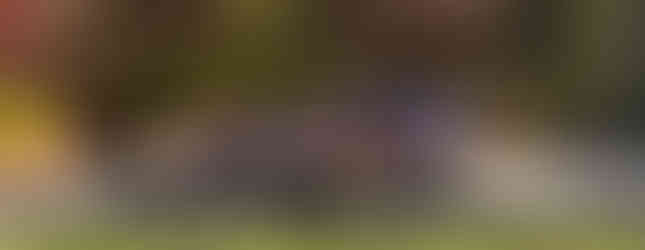Elbow Levers & Weight-Shift
- UNO Training

- Dec 7, 2020
- 3 min read
Updated: Dec 13, 2020
Hands are the base of support, center of mass remains just above the pelvis, and elbows create a fulcrum. But rather than thinking of the arms as the means to shift the body, I think of the body acting on the hands.
There are three parts to the whole- the legs, torso and arms. All three must be in constant communication in order to coordinate their individual ranges of flexion and extension into a synchronous and singular range of flexion and extension.
[Excess tension diminishes sensitivity].
Note - a consistent torso structure is 'prerequisite' here, in the least for the sake of physical ease and at most, for broad application of concepts. If not consistent in all activities, I would make that the primary focus of my training and then play around with this type of stuff occasionally, as a means of assessment.
Unloaded Concepts
Learning arm position in relation to torso position
Upper arms pull into the body and are held in place with torque created through the shoulder girdle, unified by the rib cage. Lower arms and hands remain relaxed throughout. Hands slide across the legs (and arms shorten/lengthen) only as a result of the changes in torso position as it moves between flexion and extension. (Torso changes as a result of the push-pull into the sit-bones).
Coordinating Arm + Body Extension
This builds on the above by adding in the role of the legs with body extension. Feet should always press straight through into shoulders/chest and vice versa. Lower arm remains relaxed throughout- allow it to counter-balance naturally as the body moves.
note - in supplementing elbow lever work, building a friendly relationship with the lengthened bicep is a worthy addition.
[Shifting Side to Side]
This particular version is another application for the previous post, in which weight/body works together to shift around a single arm.
Loaded Concepts
Elbow Lever from Kneeling
Currently, my personal reference points for controlling elbow levers is the relationship between the elbow and the PSIS. These were not always my reference points. I guided them here over time as posture evolved- toward a central location that can easily push-pull the structures above and below it as ‘one’. It has been a process of taking distal points and following them to their proximal 'homes'.
Legs control forward/backward
The objective for this weight-shift is to create (and keep) length in relation to weight distribution. To extend the body into a parallel position with the ground, the legs must push into the torso, stretching the body forward. Load is transferred from the lower arm into the upper arm, to keep the ‘line’ of body-weight on top of the elbow fulcrum.
Leg Weight-Shift, Frame by Frame Visual
The pink lines support the yellow structure lines.
Pink lines move together in complimentary contrast to the yellow.
This is the shift in the role of the 'elbow' from pressing up/down through the lower arm, to pressing forward/backward through the upper arm, (as legs extend and push weight forward).
Weight of the body is above the fulcrum.
Upper Arms control up/down
Building on all of the above, the upper arm becomes a part of the torso (as an extension of the shoulder blades) which can manipulate angle of the torso. A self powered teeter-totter.
Upper Arm Weight-Shift, Frame by Frame Visual
Hips have to lift up as shoulder pulls downward (and forward).
Everything must stretch away from the central point at all times (length, width and depth), or slack will be in the system making it feel difficult ( 'heavy' in areas or too many 'parts' to juggle).
All of the above applies to tilting either direction- controlling distribution of load to maintain mechanical advantage.
How I Use These Exercises
As I mentioned earlier, this is all about torso structure, and I use movements like this to test it- refining my ability to continually adapt to weight and shape shifting. And because I do it in a particular way that reinforces safety and control, it further solidifies my torso structure (midline function)- my favorite reciprocal relationship.
Since I do a fair bit of pulling on the fingers, I use elements of hand-balancing to counter that. This, as opposed to just doing repetitive exercises on my hands (because I find that insanely boring and I just wouldn't do it). Hand-balancing and strength elements are my jam- learning and endless progression.
Reminder.
Like everything that I post, movements and progressions are relative-
1. they are relative to self
2. they are relative to each other
Individual/isolated movements offer a smaller and easier 'point' of focus, a chance to examine how one part may interact and integrate with others and subsequently how they fit into the whole. Exercises/movements both easy and complex should enhance understanding of each other.















Comments